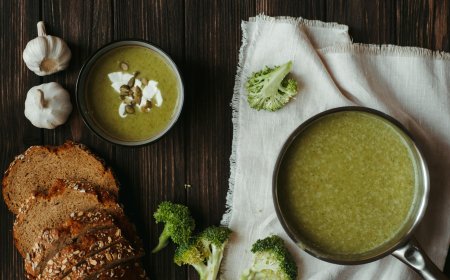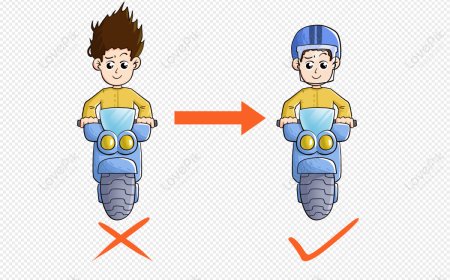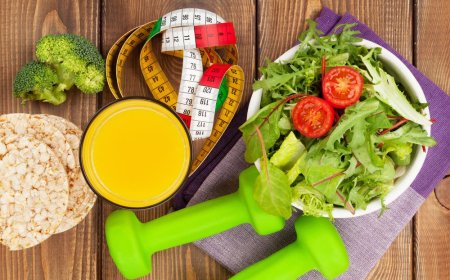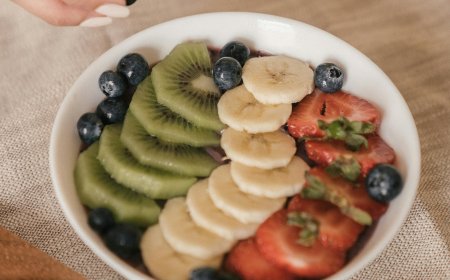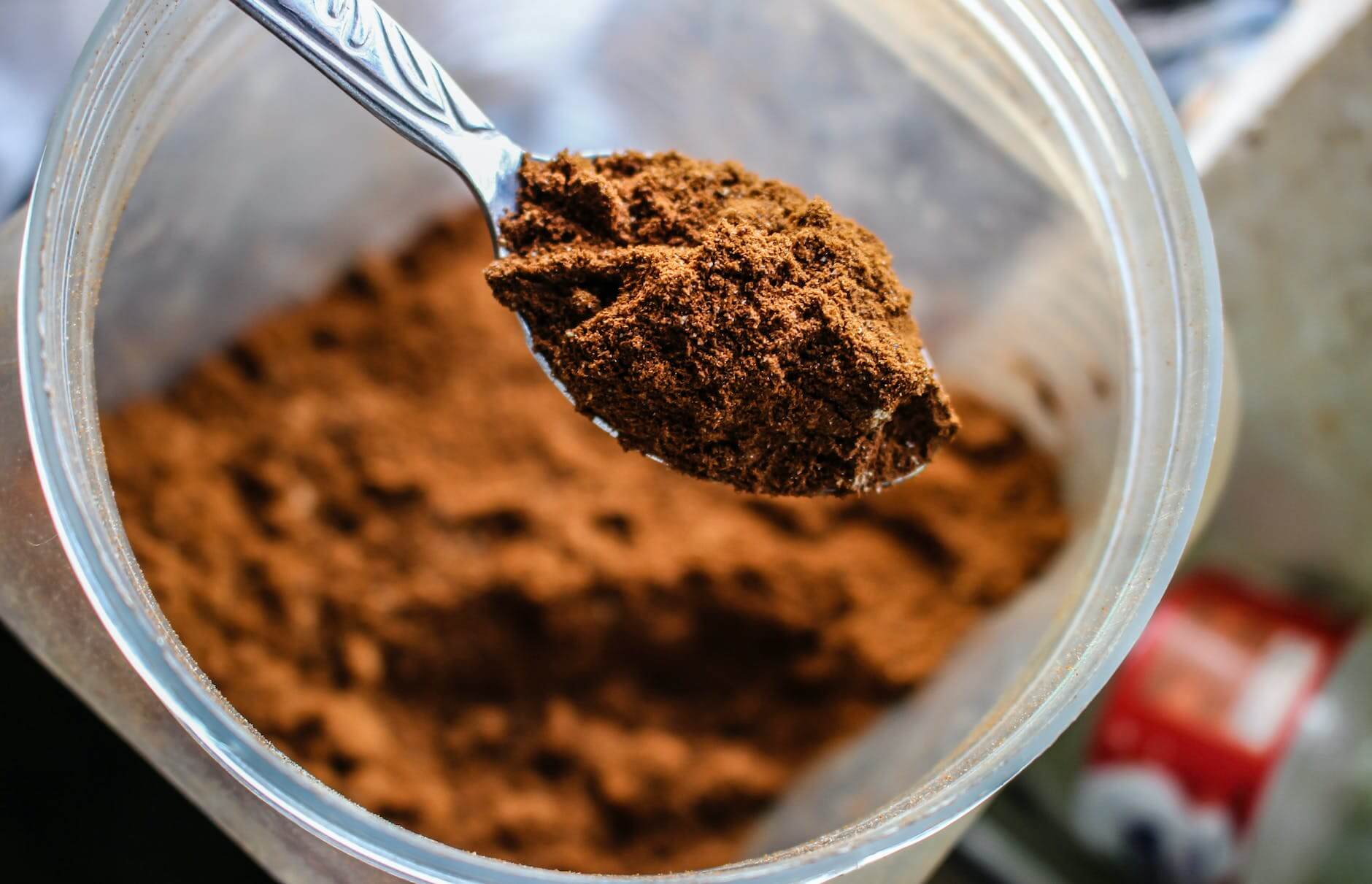Goal-Oriented Fitness Programs: Strength, Muscle, Endurance, Weight Loss and Vitality
Fitness programs can be designed to achieve a variety of goals, including strength building, endurance improvement, weight loss, and overall health improvement. Each goal requires a unique approach in program design. At OPEX Fitness, we specialize in teaching coaches to create personalized programs that are tailored to your clients' unique needs and goals. Here's a closer look at how program design differs for different fitness goals:

Fitness programs can be designed to achieve a variety of goals, including strength building, endurance improvement, weight loss, and overall health improvement. Each goal requires a unique approach in program design. At OPEX Fitness, we specialize in teaching coaches to create personalized programs that are tailored to your clients' unique needs and goals. Here's a closer look at how program design differs for different fitness goals:
![]()
1. STRENGTH BUILDING
Strength building programs typically involve exercises that target all movement patterns, such as the squat, bend, lunge, pull, push and core patterns. The goal is to increase the amount of weight lifted for a given exercise over time. A typical strength building program may include:
- Priority given to high-intensity compound exercises, such as squats, deadlifts, and bench press, with accessories to bring up weaknesses.
- Heavy lifting with low repetitions to build strength.
- Rest periods between sets to allow for recovery and maximum effort.
- Progressive overload, where weight or resistance is increased over time.
2. MUSCLE BUILDING
Muscle-building programs, also known as hypertrophy programs, are designed to increase muscle size and strength. A typical muscle-building program may include:
- Compound exercises, such as squats, deadlifts, and bench press, as well as accessory exercises to add additional volume.
- Moderate to high volume of repetitions and sets to stimulate muscle growth.
- Progressive overload, where volume is gradually increased over time.
- Techniques such as drop sets, super sets, and rest-pause sets to further stimulate muscle growth.
- Nutritional strategies that provide enough protein and calories to support muscle growth.
3. ENDURANCE IMPROVEMENT
Endurance improvement programs are designed to increase the amount of time or distance that can be completed during cardiovascular exercise. A typical endurance program may include:
- Aerobic exercises such as running, cycling, or rowing, to build cardiovascular endurance.
- Progression that follows the MAP continuum of long and slow to short and fast.
- Longer periods of low-to-moderate intensity exercise to build endurance.
- Interval training, where high-intensity exercise is alternated with periods of rest, to improve cardiovascular fitness and endurance.
- Periodic tests or time trials to track progress and adjust the program as needed.
4. WEIGHT LOSS
Weight loss programs are designed to help individuals reduce body fat and improve overall health. A typical weight loss program may include:
- A calorie deficit through nutrition and exercise to burn more calories than consumed.
- Resistance training to maintain muscle mass and increase metabolism.
- Aerobic exercise to burn calories and improve cardiovascular health.
- Periodic assessments to track body composition and adjust the program as needed.
What's Your Reaction?
















